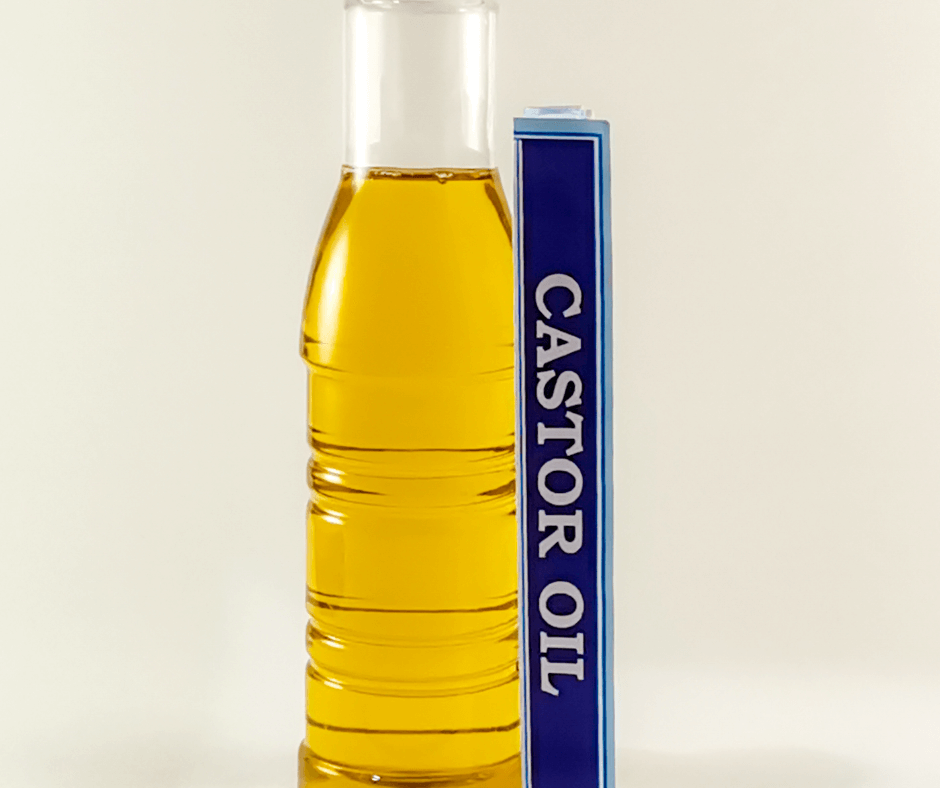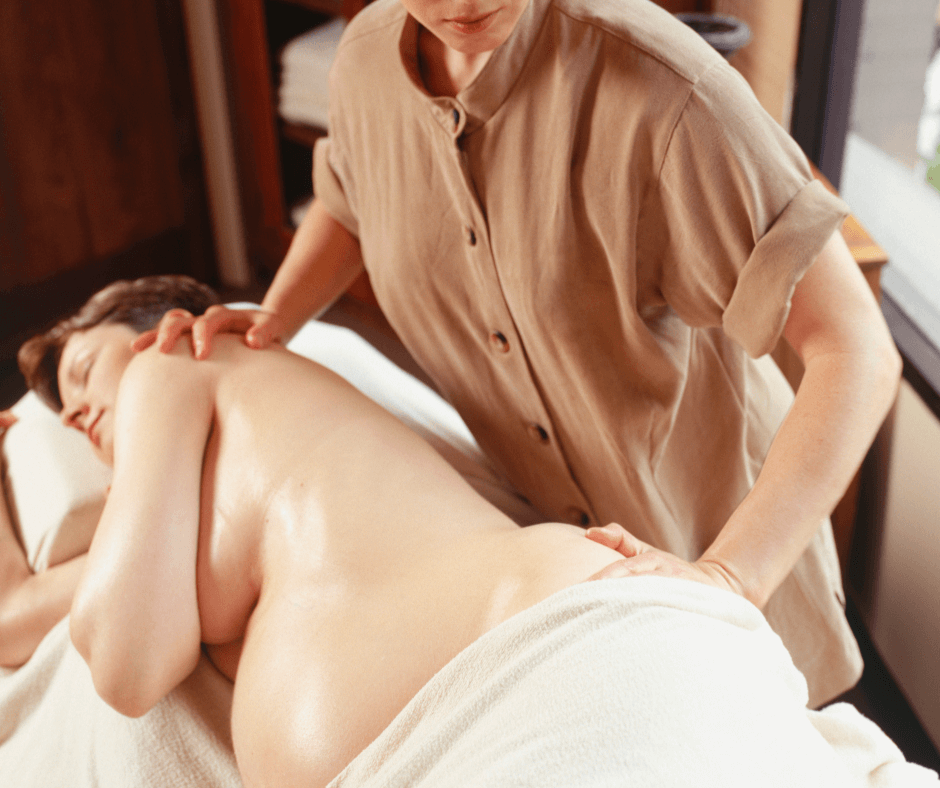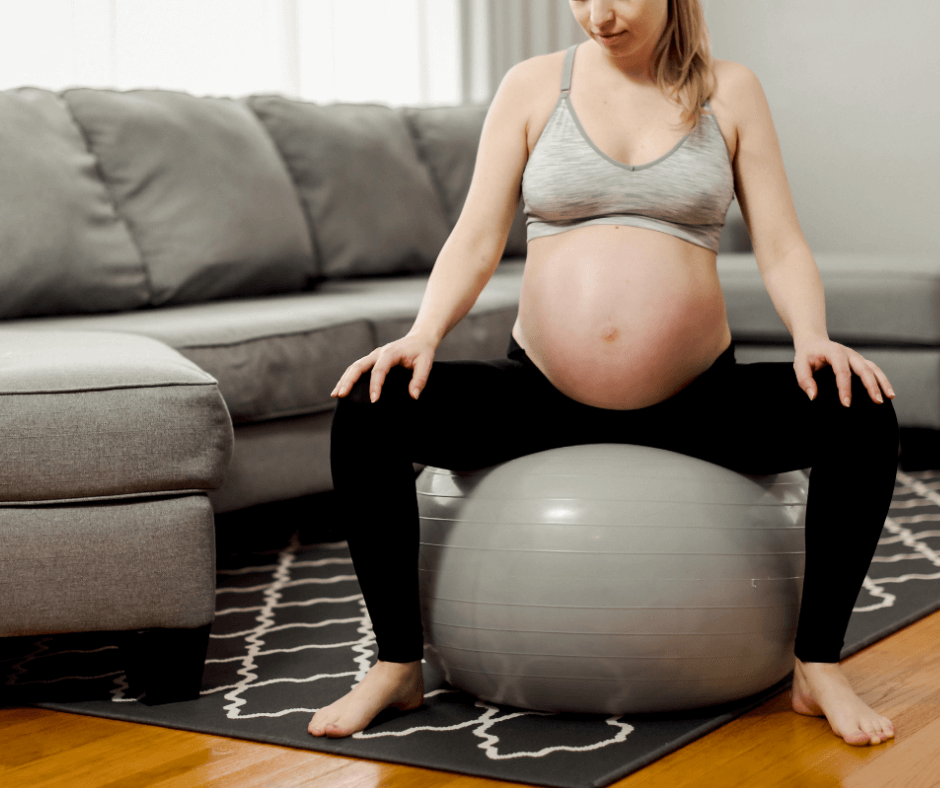It doesn’t matter how you count it, 9 months or 40 weeks, it seems like you have been pregnant forever in those last few weeks of pregnancy. Those weeks and days crawl as you wonder how to naturally induce labor.
One thing to remember is these days are precious and a time when the baby is finishing their final development. The hard thing is we naturally put a lot of pressure on birthing parents to give birth before their due date or by a certain day in the pregnancy.
For VBAC after 40 weeks, this is even more true. Some providers don’t support VBAC induction, and encourage parents to schedule a repeat C-section instead.
If you are feeling “done” or receiving pressure to give birth by a certain day or week, we are going to cover natural induction methods today.
There are some pros and cons to trying any of these and they may not work for everyone, but here are some ways to induce labor at home.
1. Walking or Physical Activity
Going for a normal ordinary walk is unlikely to send you into labor. However, going for a long and strenuous walk may stimulate contractions or labor to begin.
If it feels hard, painful, or like too much, stop.
One of the drawbacks of going for a long walk or strenuous activity in your final days of pregnancy is that it can leave you feeling exhausted or overstimulated. Be sure to listen to your body and not overwork yourself.
2. Nipple Stimulation
Nipple stimulation causes a release of the natural hormone produced in the body called oxytocin. You may have heard of the synthetic version of oxytocin called Pitocin, administered in hospital to induce labor.
In efforts to naturally induce labor, you can choose to use a breast pump or do self nipple stimulation, to release oxytocin in the body. It has been shown in studies that those who had a “ripe” cervix were more likely to go into labor within 72 hours after stimulation.
There are risks that may be associated with stimulation of the breasts to induce labor. The amount of oxytocin released could cause the uterus to become overstimulated. This means the uterus contracts too much or too long and is not able to relax. If you are experiencing this, stop stimulation.
It may also cause something called prodromal labor. This is where your body contracts and mimics a labor pattern, but isn’t able to turn the corner into active labor. This can leave people feeling very tired and burnt out by the time active labor begins.
3. Castor Oil

Studies have shown that castor oil is very effective and tends to help labor begin within the first 24 hours. After taking it, I did get nauseated, so I ate crackers, drank sprite, and headed to bed. Within 4 hours of taking castor oil, my water broke, and contractions started. I gave birth within 12 hours.
I must admit, I am a parent who tried castor oil to induce my first labor. I was 40+2 weeks, according to the day I conceived. However, the provider viewed me as 39+4 weeks. I was HUGE, miserable, and ready to have my sweet baby girl.
I read that castor oil could stimulate labor, so I figured, why not give it a try? The risk associated with it was that it could cause me to be super sick, bringing on nausea, vomiting, or even diarrhea.
Evidence Based Birth has an amazing video about castor oil and all the different studies and reviews that is great to watch if you are considering this method. Overall, castor oil has been shown to be effective with inducing labor naturally.
If you are planning a VBAC, there is little evidence to show whether castor oil is considered safe or not.
4. Intercourse
At 9 months pregnant, the thought of having sex is typically not at the top of the list when it comes to things you want to do. However, just like with nipple stimulation, intercourse releases oxytocin, which can help bring on contractions.
There has not been a lot of proof whether or not sex is a way to induce labor. However, there are many people who swear that sex is what started their contractions or got things going once contractions had started.
Sex is not known to be harmful during pregnancy. However, if you have been diagnosed with placenta previa, vasa previa, or your provider has suggested avoiding intercourse, this natural induction method is not recommended.
Although sex may or may not work for induction, it may be a great way to help the cervix begin to ripen. Semen contains a high amount of prostaglandins, which can help the cervix become more ripe and ready for childbirth. This is not exactly an overnight process though. It may take weeks to begin softening, and then again, it may not work at all.
5. Evening primrose oil
Evening primrose oil (EPO) comes from a plant. It contains linolenic acid, gamma-linolenic acid, and vitamin E. It is known to help release a prostaglandin response in the cervix, preparing it for childbirth.
This is something that may be suggested by midwives or providers, to begin around 38 weeks gestation. Although this oil may not completely induce labor on its own, if the cervix is showing signs of being ripe, the chances of a natural induction are higher.
There are very few studies available on EPO use during pregnancy. One recent study on EPO shows neither risks nor benefits, and another study shows adverse side effects may occur, such as bleeding issues and other complications. We encourage you to discuss your options for EPO with a trusted provider, know the risks and benefits, and honor your intuition.
6. Massage and Acupuncture

Massage is something that I encourage every pregnant person to do during their pregnancy. As we grow these precious little humans, our bodies go through a lot. It is nice to give back to our bodies by treating ourselves with a massage.
At the end of pregnancy, some massage therapists may use a traditional chinese method called spleen 6 to induce labor. Sometimes, they will apply the essential oil clary sage on a pressure point.
There are many other traditional techniques practitioners use to decrease pain during labor and help the body go into labor naturally. For example, if you have an acupuncturist, they may do acupuncture in the spleen 6 spot, to help bring labor on.
Have you ever heard of people going into labor after getting a pedicure? It is believed that it happens because the spleen 6 was being massaged and pressed on.
There is not much information on massage and acupuncture bringing results in labor induction. However, studies have shown that birthing people who participated in massage were likely to have more comfortable pregnancies and may have faster labors by helping release hormones in the body.
7. Stripping of the membranes
Sweeping or stripping of the membranes may be something your provider offers to do as you near the end of your pregnancy. Although it is considered a natural way to induce labor, it’s not a method to try at home — stripping of the membranes should only be done by a qualified medical provider.
To strip the membranes, a provider inserts a finger into your cervix and separates the bag of waters away from the cervix with a sweeping motion. The thinking is that this process releases prostaglandins and stimulates contractions.
In my doula practice, I have many clients who will ask me around 38-39 weeks what I think of stripping membranes. My answer is that it’s neither a bad or good thing to try. I have seen it work for some, and I’ve seen it create frustration and discomfort for others.
Discuss with your provider to find out if they feel you are a good candidate for membrane sweeping. The drawback of a membrane sweep is that it may cause contractions and prodromal labor, leaving you feeling tired or having failure to progress.
This procedure may also be painful. If the cervix is not dilated, or super far back, it may be hard for your provider to get a good sweep. This may just lead to being uncomfortable for no reason.
8. Natural herbal remedies
There are many remedies available to induce labor. However, just like all of these methods, they come with their pros and cons.
- Birth prep by Dr. Christopher: Birth prep is a herbal supplement that you begin taking around 34 or 35 weeks, following a certain schedule to prepare the cervix for birth. It has also been known to bring on braxton hicks contractions.
- Black and Blue Cohosh: Although shown effective to induce labor, there are not many studies on black and blue cohosh, and it’s not one we suggest at The VBAC Link. It is strong, and has been shown to cause issues such as stroke and heart issues in the newborn.
- Red Raspberry Leaf Tea: It comes from the leaves of the red raspberry plant. This herbal tea has been used for centuries to support respiratory, digestive, and uterine health, particularly during pregnancy and childbearing years. A common myth is that it will help induce labor naturally. However, this is not something that will induce labor. It will help tone the uterine wall to be more efficient when contractions do start.
9. Pineapple
When people recommend eating a pineapple to induce labor, they are talking about eating a lot of pineapple. Specifically, eating the core or drinking its juice.
Using pineapple has not been shown to be effective. The belief is that a large amount of pineapple consumption may cause uterine contractions. Pineapple is not known to be harmful to eat during pregnancy. If you eat too much pineapple, it can lead to canker sores in the mouth.
10. Bouncing on a yoga ball

Similar to walking and being active, bouncing on a yoga ball may stimulate contractions. The bounce on the ball can create pressure on the cervix from the baby’s head, causing the uterus to contract.
If you are trying to turn a transverse baby, or flip a breech baby, this is also a movement that may help. Being on the ball helps encourage your baby to get in a good fetal position and create balance in the pelvis.
There are a lot of natural ways to try and induce labor, and it is hard sometimes to pick one.
I am a firm believer that if your body is ready, and you try one of these techniques, there is a chance it may work. At the same time, I am a firm believer in letting our bodies and babies decide what is right.
I 100% understand the end is hard, and I also know as a birthing parent, there is extra stress to go into labor by your due date. Some providers and birthing locations won’t induce VBAC parents, and that adds additional pressure when you want to avoid having a repeat C-section vs VBAC.
Whatever you decide, we encourage you to thoroughly research, learn all the pros and cons, and always discuss things with your medical provider when you have questions.













 Can You Have a VBAC with Twins?
Can You Have a VBAC with Twins?
I found the section on nipple stimulation and its connection to oxytocin release particularly intriguing. It’s fascinating how our bodies have these natural mechanisms to prepare for childbirth.